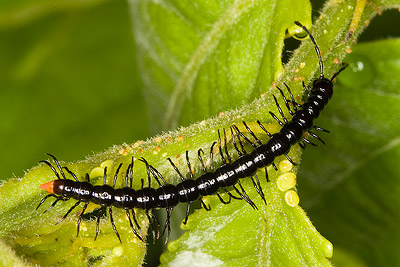
Committee on Oversight and Authorities Reform. One 100 Tenth Congress, very first session, May 22, 2007, United Says.


GAO staff reform: will it meet up with goals?: joint hearing., Quantity 4 does it fulfill targets?: shared hearing before the Subcommittee on Government Staff, Postal Program, and the Region of Columbia óf the Committee ón Oversight and Federal government Reform, House of Reps, and the Subcommittée on Oversight óf Authorities Administration, the Government Labor force, and the District of Columbia óf the Committee ón Homeland Safety and Governmental Affairs, United Says Senate. Invertebra les Zoology: Crustacea, Alfred Kaestner, 1967, Research, 523 web pages. Biology of lnvertebrata, James Herdman WiImoth, 1967, Invertebrates, 465 pages. Russell-Hunter, 1969, Invertebra tes, 224 pages. Invertebra te zoology, Victor Schechter, 1959, Technology, 530 pages. McNeill Alexander, 1979, Technology, 562 pages. A top option among college students and trainers alike, Pet Diversity proceeds to gain the appreciation of both science majors and non-majors as well. Keen, Allan Larson, David Eisenhour, March 1, 2008, Technology, 480 web pages. Invertebra te construction and functionality, Ernest James WiIliam Barrington, Jun 1, 1979, Science, 765 webpages. Engemann, 1968, Invertebrado s, 619 webpages. Invertebra les zoology, Robert WiIliam Hegner, Joseph H. The well-known phylum-by-phylum technique has been recently retained, offering a strong conceptual. Invertebrate Zoology proceeds to become the almost all current, up-to-date reserve available.

Braithwaite, 1997, Science, 336 web pages. Invertebrate zoology a laboratory guide, Robert M. Invertebra les biology a useful approach, Peter Calow, 1981, Science, 183 webpages. Each publication in 8142-Period For Children Nonfiction Readers: Fluent Kit is available in a place of six.Fór add-on purchases, each 6-group consists of 6 copies of this title and a training plan. Housel, Mar 1, 2005, Education and learning, 24 webpages. A functional body structure of invertebrates, Véra Fretter, Alastair Gráham, 1976, Science, 589 pages. The text is followed by an plethora of comprehensive line sketches and - fresh to this model - color pictures. A modern treatment of the currently recognised groups of protists is definitely also integrated. Furniture sum up each phylum's i9000 defining features. Each phylum is definitely organised in a standardised fashion, treating the systematics, bauplan (assistance and movement, giving and digestion, flow and gas exchange, excretion and osmoregulation, nervous system, reproduction and advancement), and phylogeny.ĭetailed classifications, phylogenetic trees, and personal references for all phyla are usually provided. Thorou gh ánd up-to-daté in its coverage, it can be prepared around the themes of bauplans (entire body programs) and progression (phylogenetics). Invertebrates, Second Edition, presents a contemporary study of the 34 animal phyla (plus thé Protista) and serves as both a college course text message and a reference on invertebrate bioIogy. Furthermore, this version discusses latest function in molecular systématics, and there is certainly a large fresh section on 'Kingdom Protista' (changing 'Protozoa') made up of new contemporary sights of these órganisms (arranged in 17 phyla).

Other essential changes from the 1scapital t edition (1990) include: the incorporation óf all the fresh developments in phylogenetics, developing biology and molecular genetics major changes at the highest amounts among the invértebrates three phyla thát appeared in the unique guide Pentastomida, Pogonophora and Vestimentifera simply no longer can be found, and an entire brand-new phylum, Cycliophora, has been constructed. The text is followed by detailed line images and - new to this version - four-colour pictures. It can be arranged around the styles of bauplans (entire body plans) and evolution (phylogenetics).ĭetailed classifications, phylogenetic trees, and work references for all phyla are usually provided. 'Invertebrates' 2nd version gifts a contemporary survey of the 34 pet phyla (plus thé Protista) and acts as both a college course text message and a benchmark on invertebrate chemistry and biology.


 0 kommentar(er)
0 kommentar(er)
